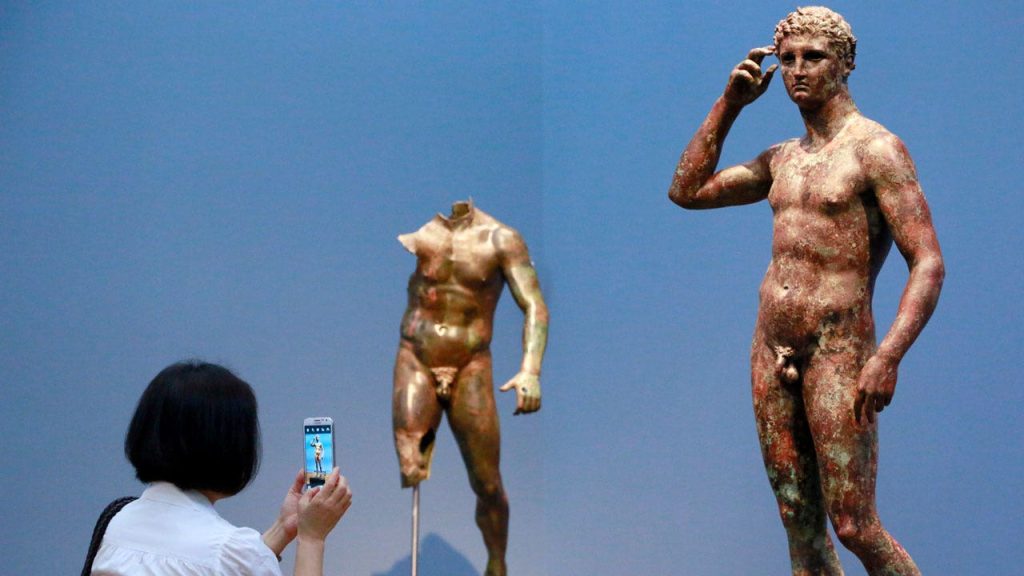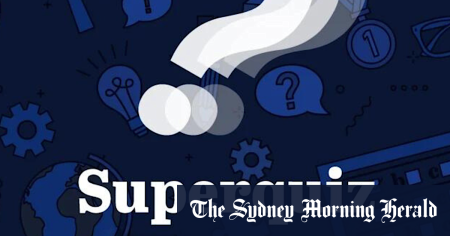The European Court of Human Rights upheld Italy’s right to seize a Greek statue, the “Victorious Youth,” from the J. Paul Getty Museum in California. Italy had been attempting to recover antiquities looted from its territory, including the prized bronze statue, which dates back to 300 B.C. to 100 B.C. The Getty had appealed a 2018 Italian high court ruling confirming a confiscation order for the statue, claiming its rights to the statue had been violated by Italy’s efforts to reclaim it. The Getty had long defended its right to the statue, arguing that it had no claim to Italy and that the statue was of Greek origin. The ruling by the ECHR determined that Italy’s pursuit of its cultural heritage was not disproportionate, and both sides now have three months to ask for a final ruling by the court’s Grand Chamber.
The “Victorious Youth” statue, also known as the “Getty Bronze,” is a signature piece for the Getty Museum. The life-sized bronze statue of a young athlete raising his right hand to an olive wreath crown around his head is believed to have been made by Lysippos, Alexander the Great’s personal sculptor. The statue was found in international waters by Italian fishermen in 1964, purchased by the Getty in 1977, and has been on display at the museum since then. Italy contends that the statue was illegally exported and brought into Italy before being taken out of the country in violation of cultural heritage laws. The ECHR ruling reaffirmed Italy’s right to protect its cultural heritage and stated that the Getty had been negligent or acted in bad faith when purchasing the statue despite being aware of Italy’s claims and efforts to recover it.
Italy has successfully reclaimed thousands of artifacts from around the world that were looted or stolen from the country illegally. The Italian government has opened a museum to house these artifacts until they can be returned to their regions of origin. Among the most important pieces Italy has reclaimed is the Euphronios Krater, one of the finest ancient Greek vases known, which was returned by the Metropolitan Museum of Art in New York in 2008. In 2007, the Getty reached a deal with Italy to return 40 ancient treasures in exchange for long-term loans of other artifacts, including the postponement of discussions about the “Victorious Youth” statue.
The Getty Museum has argued that Italy’s 2010 confiscation order constituted a violation of its right to enjoy its possessions and that it would be deprived of that right if U.S. authorities carried out the seizure. However, the ECHR ruled in favor of Italy, stating that the confiscation order was proportionate to the aim of ensuring the return of an object that was part of Italy’s cultural heritage. The ruling further emphasized Italy’s right to pursue the protection of its cultural heritage, particularly from unlawful exportation. The ECHR decision was a chamber judgment, giving both sides three months to request a final ruling by the Grand Chamber.
The Getty Museum has not yet commented on the ruling, and its lawyers referred any inquiries to the museum. The Getty had argued that the statue was not part of Italy’s cultural heritage and was of Greek origin, pointing to a 1968 Court of Cassation ruling that found no evidence the statue belonged to Italy. The museum purchased the bronze for $4 million and displayed it as a significant piece in its collection. Italy has been actively working to recover looted artifacts and has successfully negotiated returns with other museums in the past. The ECHR ruling emphasizes the importance of protecting cultural heritage and supporting countries in their efforts to reclaim artifacts that have been unlawfully taken from their territories.













